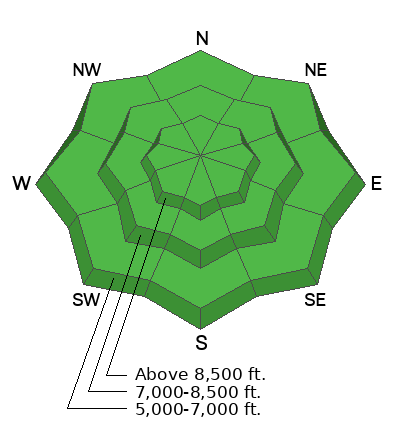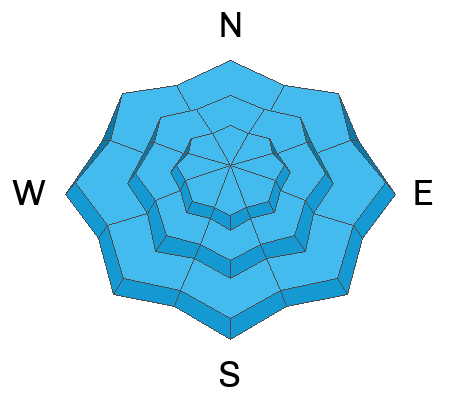To fulfill our mission, the UAC relies on our amazing backcountry community. Your support helps pay for the daily avalanche forecast, free awareness presentations across the state, and new tools like the new
Avalanche and Observation Explorer. As the end of the year approaches, please consider
donating to the UAC.For today, winds will blow from a westerly direction15-20MPH gusting to 25MPH at the highest ridgelines. Skies will be partly sunny with temperatures 25-30 °F. Clouds are forecast to increase throughout the day.
For tomorrow, Thursday December 28th look for partly cloudy skies, winds blowing from a westerly direction 15-20 MPH gusting to 25 MPH and temperatures 28-32 °F
As of Wednesday Morning, the
Tony Grove Snotel at 8400' has 42" of total snow. The
CSI Logan Peak weather station at 9700' had overnight temperatures in the teens ° F and winds blowing from the northwest 25 MPH with gusts up to 37 MPH. The
Card Canyon weather station at 8700' has 33.6" of total snow on the ground. The
Paris Peak weather station in Southern Idaho is reporting overnight temperatures in the 20's °F with winds blowing from the north 15 gusting to 21 MPH.
Looking ahead we should build an inversion in the valleys with the next chance of snow around the New Year. Read the most updated forecast discussion from our partners at the National Weather Service for Southern Idaho
HERE and for Northern Utah
HERE.
Yesterday there was a report of a wind-drifted snow avalanche in the
Millville Peak area. In the mountains south of Logan, backcountry travelers reported natural shallow wind-drifted snow and dry loose avalanches running in steep terrain above treeline and I would expect the same could be found in the Logan area mountains. Check out this observation from
High Creek where Nick B reported overall stable snow with areas of sensitive wind-drifted snow.
Check out all local observations and avalanches
HERE.









